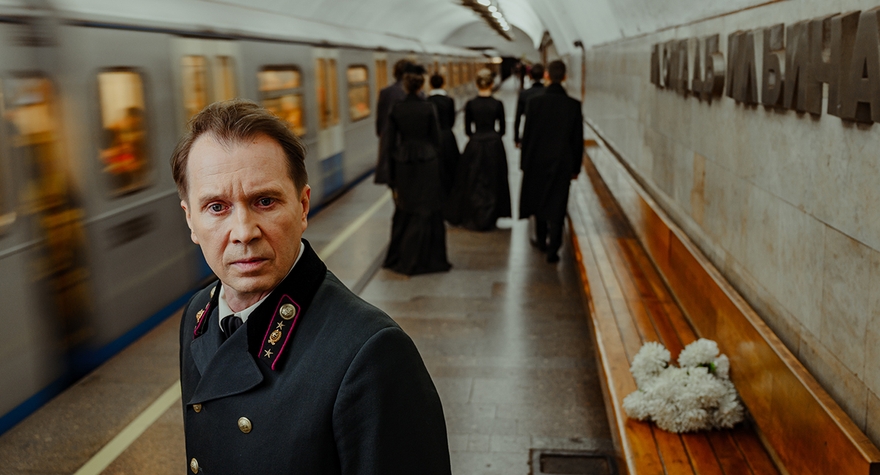

The production Ordinary Death was directed by Valery Fokin, People's Artist of Russia, winner of four State Prizes, and president of the Alexandrinsky Theatre. The production is based on Leo Tolstoy's novella The Death of Ivan Ilyich, which is considered one of the pinnacles of world psychological prose. Bunin, Tchaikovsky, Nabokov, and Cortázar admired the meticulous chronicle of the illness and death of the judicial official Golovin. They were struck by how the story of Ivan Ilyich is harsh and unsentimental, yet it depicts in exquisite detail not only the process of a man's passing but also the moral rebirth of his soul.
Valery Fokin crafts the protagonist's character with extraordinary precision and psychological detail, showing how a person experiences the approach of death and the psychological tricks they employ to evade the realization of its inevitability. "A theater of sensual plot"—that's how Valery Vladimirovich once described his productions.
"The main idea of our production is to show how a person's vain, automated existence, filled with events but not deeds, fades as death approaches. And in these final moments, the realization of their true purpose and the moral rebirth of their soul comes. 'The past history of Ivan Ilyich's life was the simplest and most ordinary, and also the most terrible'—with this phrase, the biography of its protagonist begins. Tolstoy seems to equate these two concepts. Ivan Ilyich's fate is merely an isolated example of a general principle; his life is as terrible as the life of any person who lives unconsciously, 'like everyone else,'" says Fokin.
The performance Ordinary Death is unique in several ways. It marks People's Artist of Russia Evgeny Mironov's first work on the Small Stage in many years and also Valery Fokin's debut at Theatre of Nations as director. Their collaboration began in 1995 with The Karamazovs and Hell, which became Mironov's first big theatrical success. They quickly followed this with three more productions. And, as Mironov admits, "each one required challenging the image created in the previous one."



